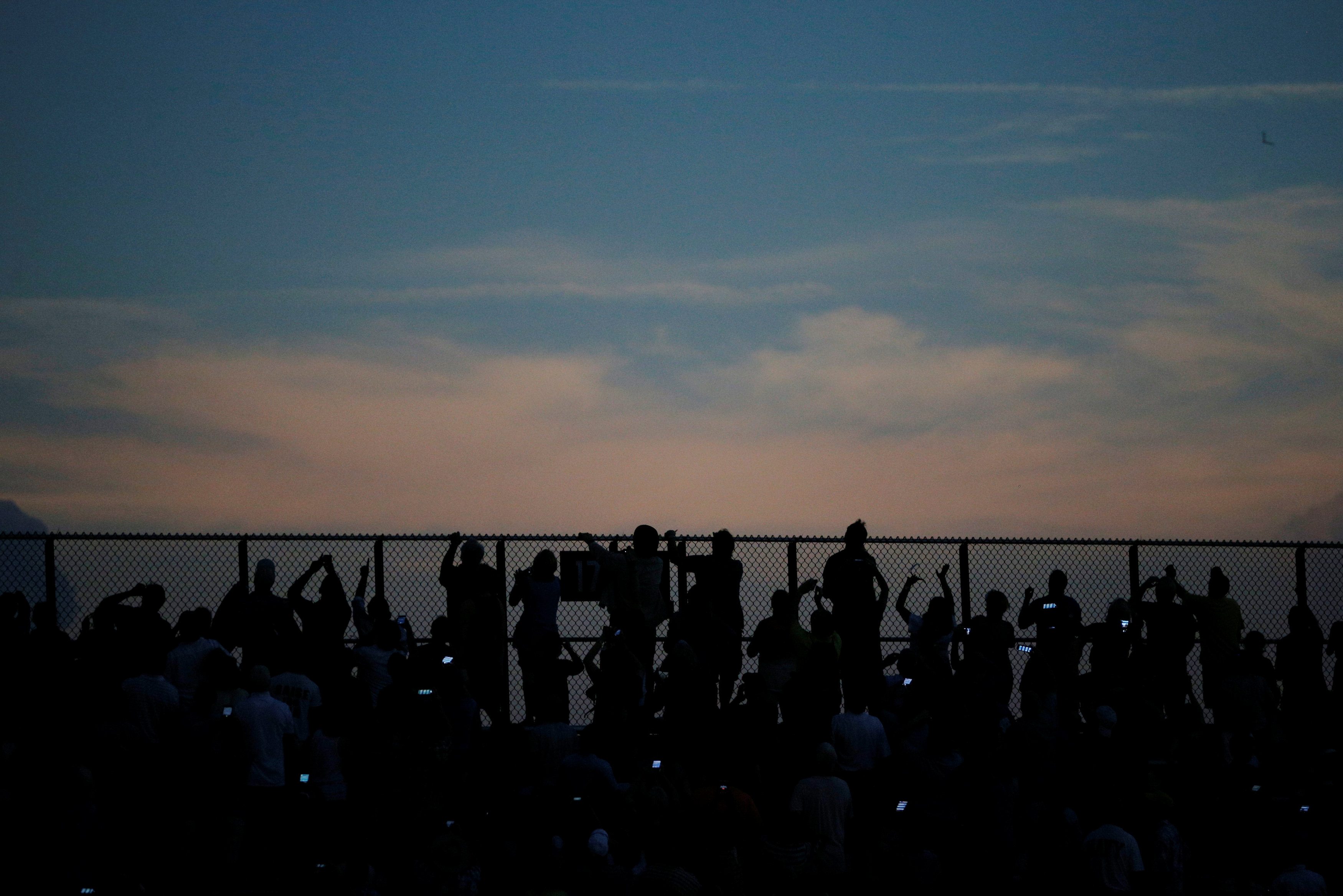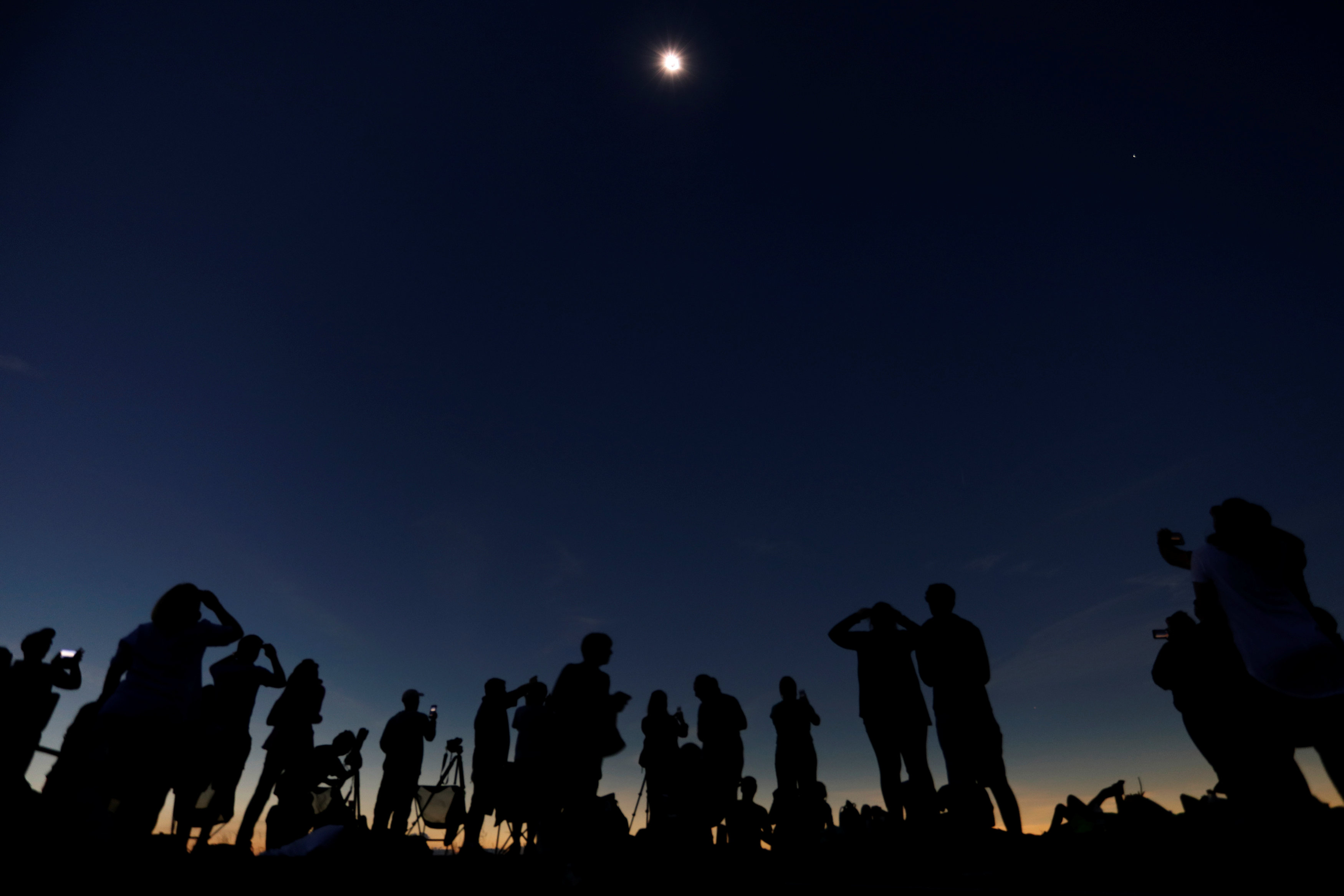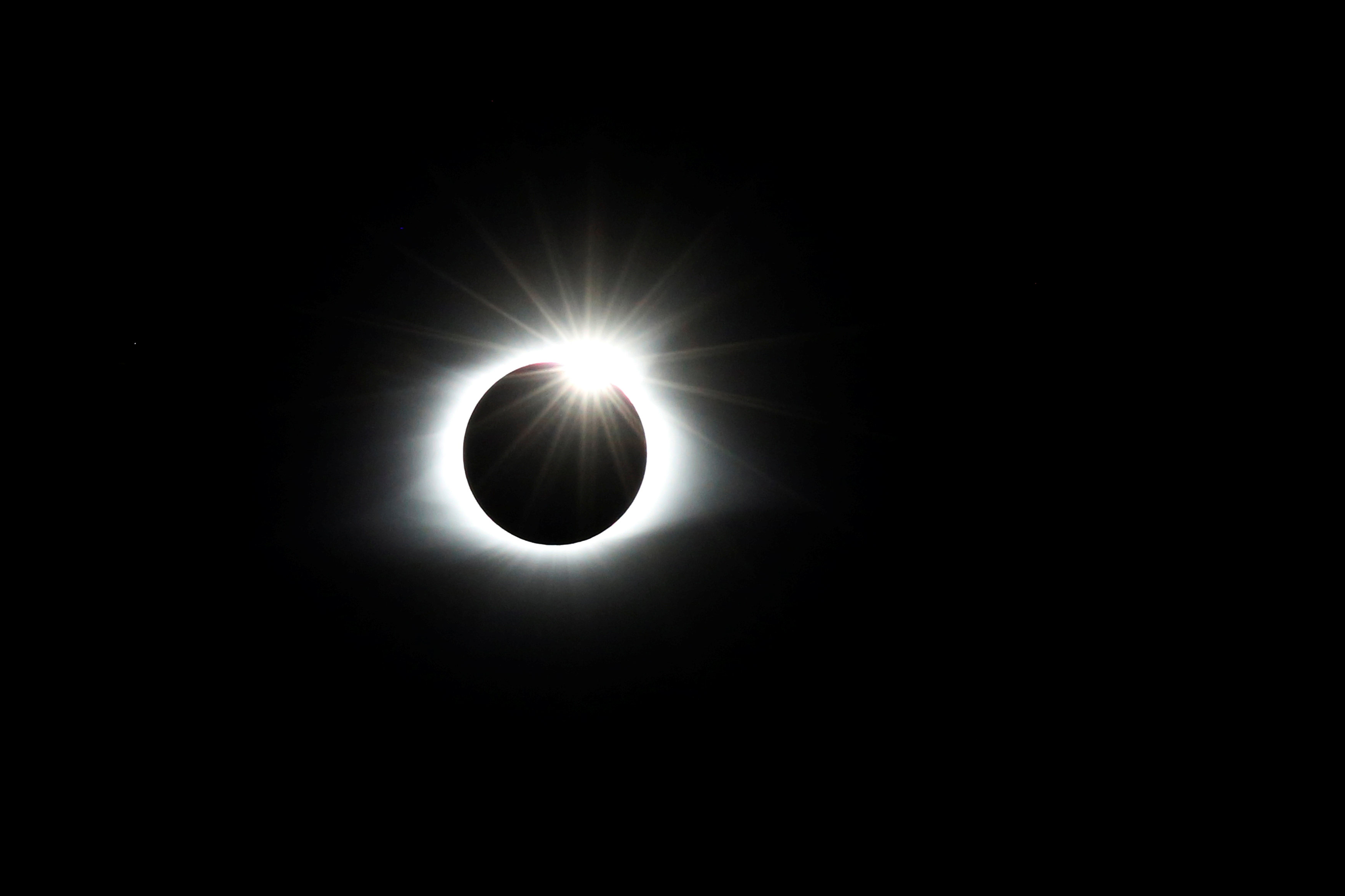Usuarios de la red social Twitter publicaron varias imágenes del eclipse total del Sol que se vio en Venezuela y el mundo. En venezuela el fenómeno comenzó a las 2:28 p.m y culminó a las 4:52 de la tarde observándose que el sol quedó cubierto en un 52%
En la Ciudad de Caracas, el Sol quedó cubierto en casi un 53%. Empezando a las 02:28 pm, con su punto máximo a las 03:45 y culminó a las 04:52 pm.
https://twitter.com/RVAraguayan/status/899716712710451204
#EclipseVenezuela desde Guarenas, Miranda (2:55pm). Para la hora 3:20pm cubierto #Eclipse2017 pic.twitter.com/MUYztvJyQ7
— Eric Augusto Parra (@meteovenezuela) August 21, 2017
#21Ago #Lara 3:40 pm Así se ve el eclipse solar desde Barquisimeto. pic.twitter.com/2VAkIoHvBe
— TVVenezuela Noticias (@TVVnoticias) August 21, 2017
Eclipse en Venezuela ? pic.twitter.com/L6np6QfqNx
— Carmen A. Rengifo (@CarmenAndreaRG) August 21, 2017
https://twitter.com/marialejndrarm/status/899718876069539843
#21Ago Antes de que la nubosidad ME ARRUINARA la toma Se veía HERMOSO! 3:19 pm #EclipseSolar #Miranda pic.twitter.com/KOfD8ozoXd – @matutu2
— Reporte Ya (@ReporteYa) August 21, 2017
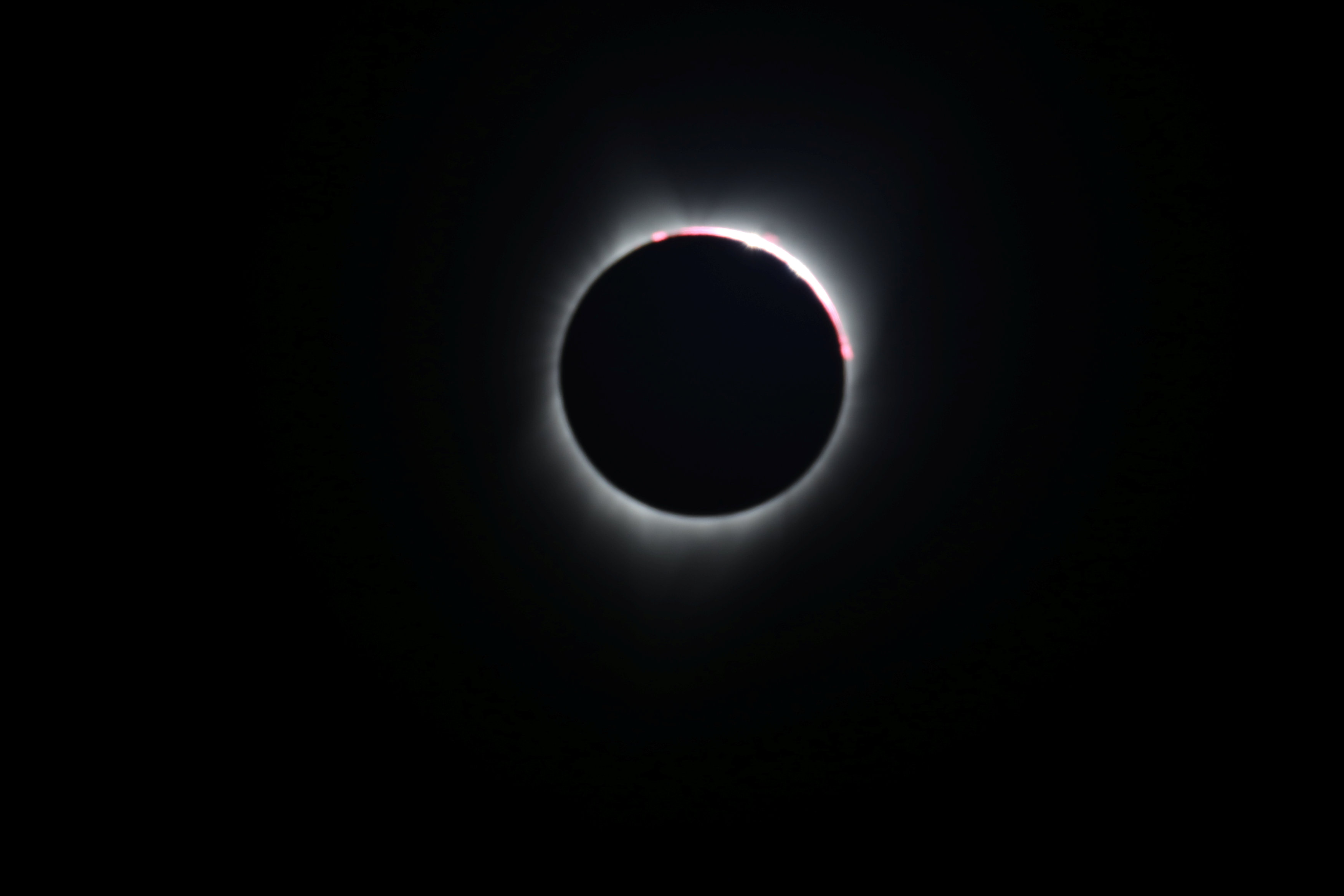
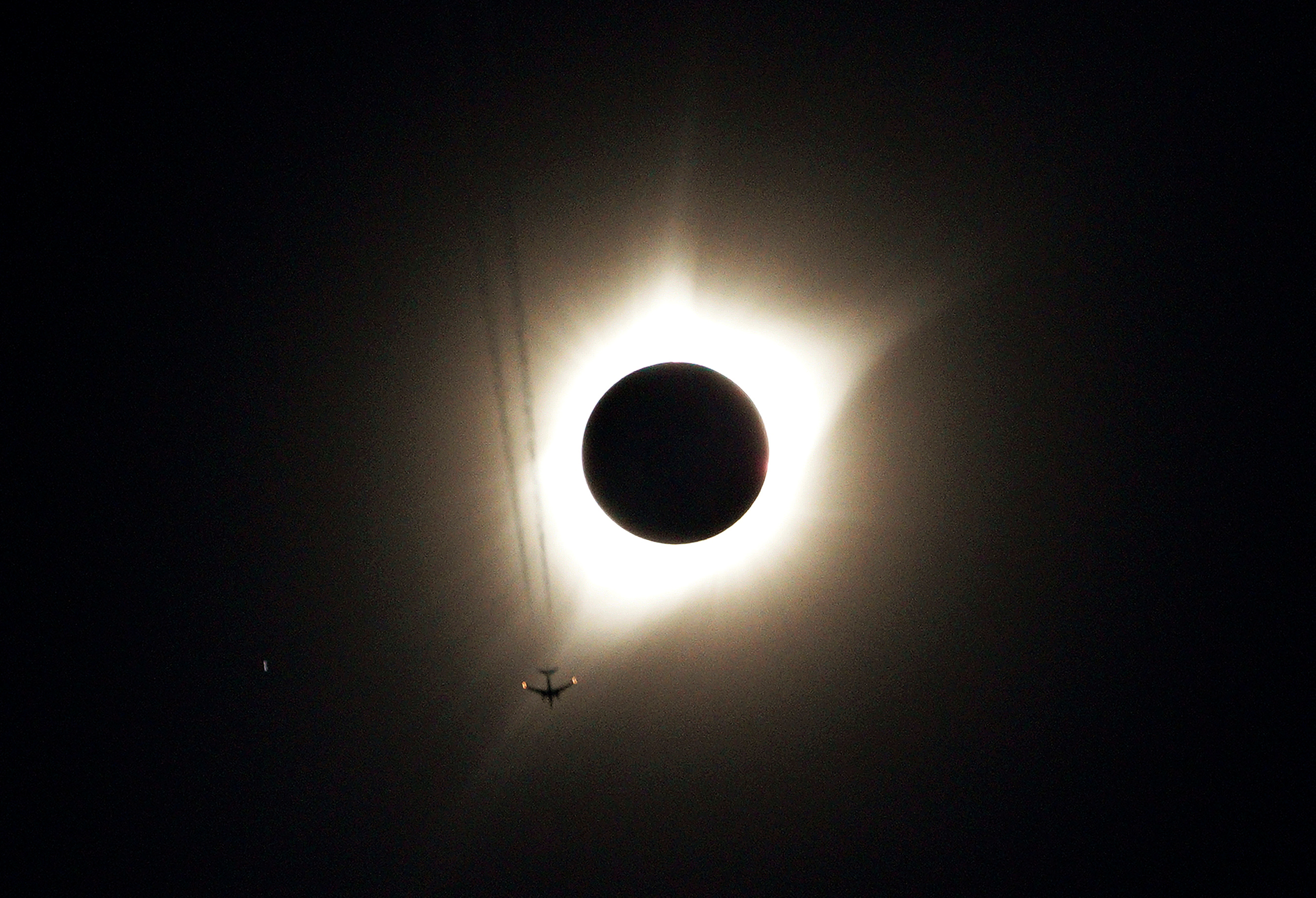
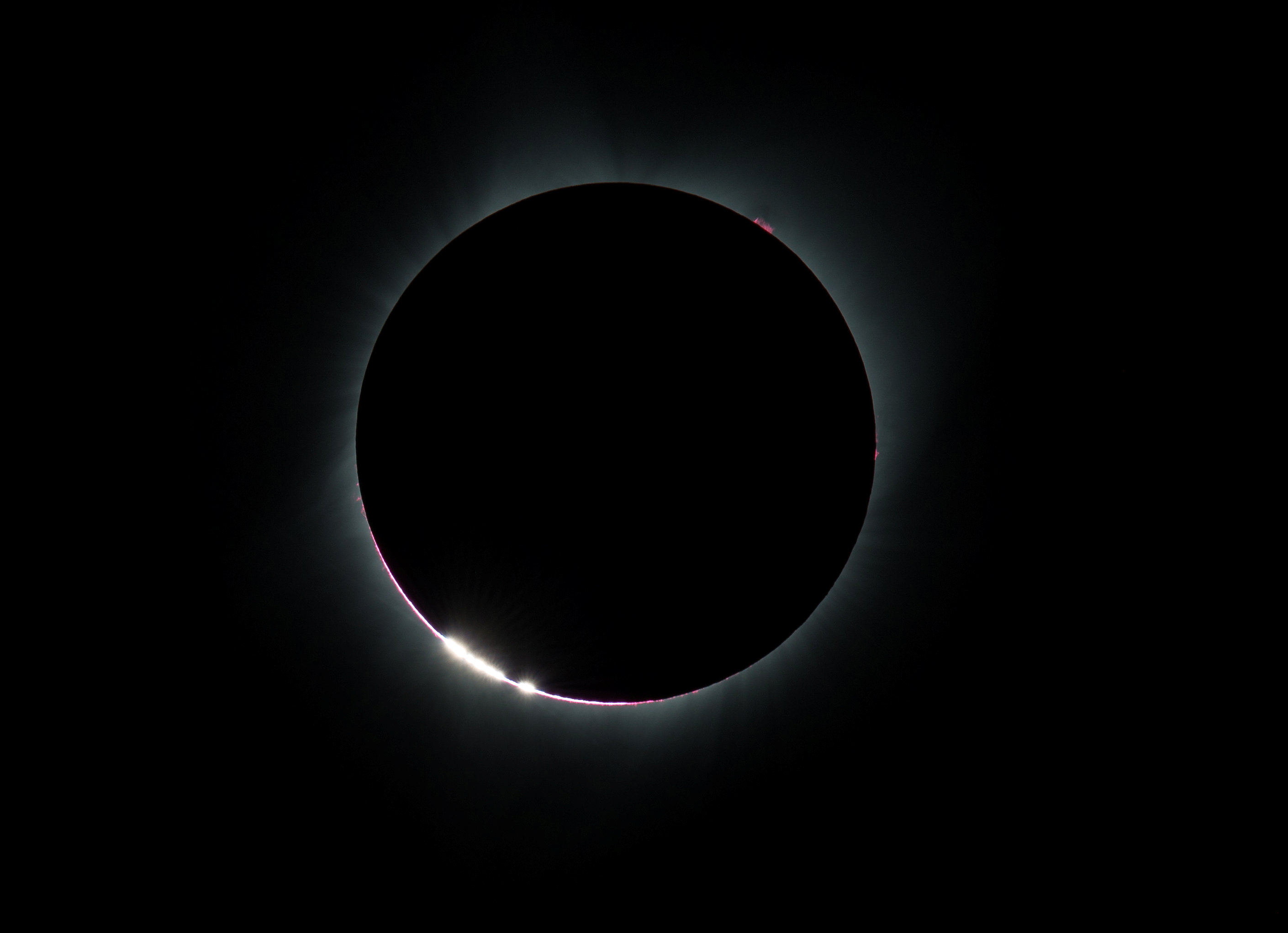
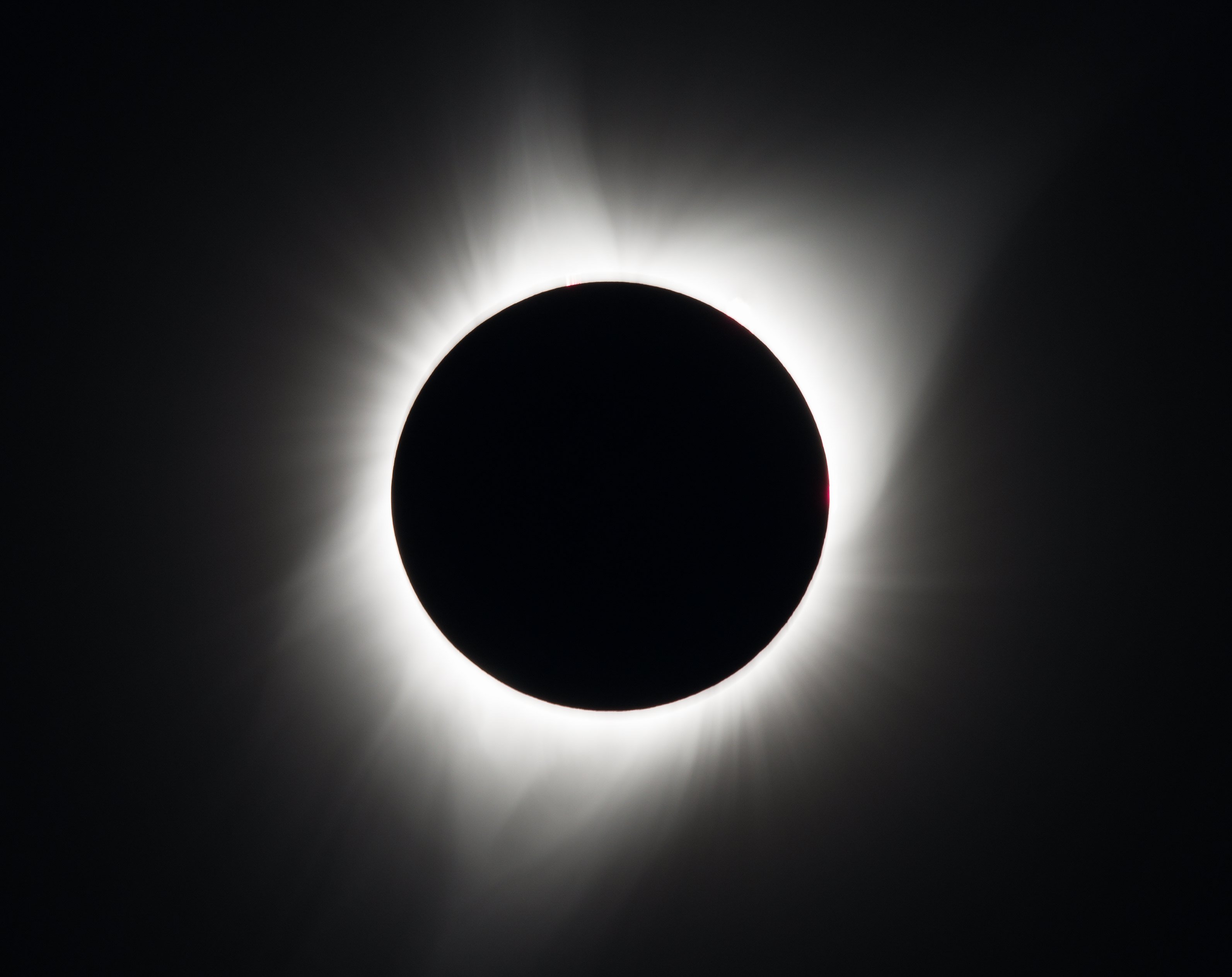
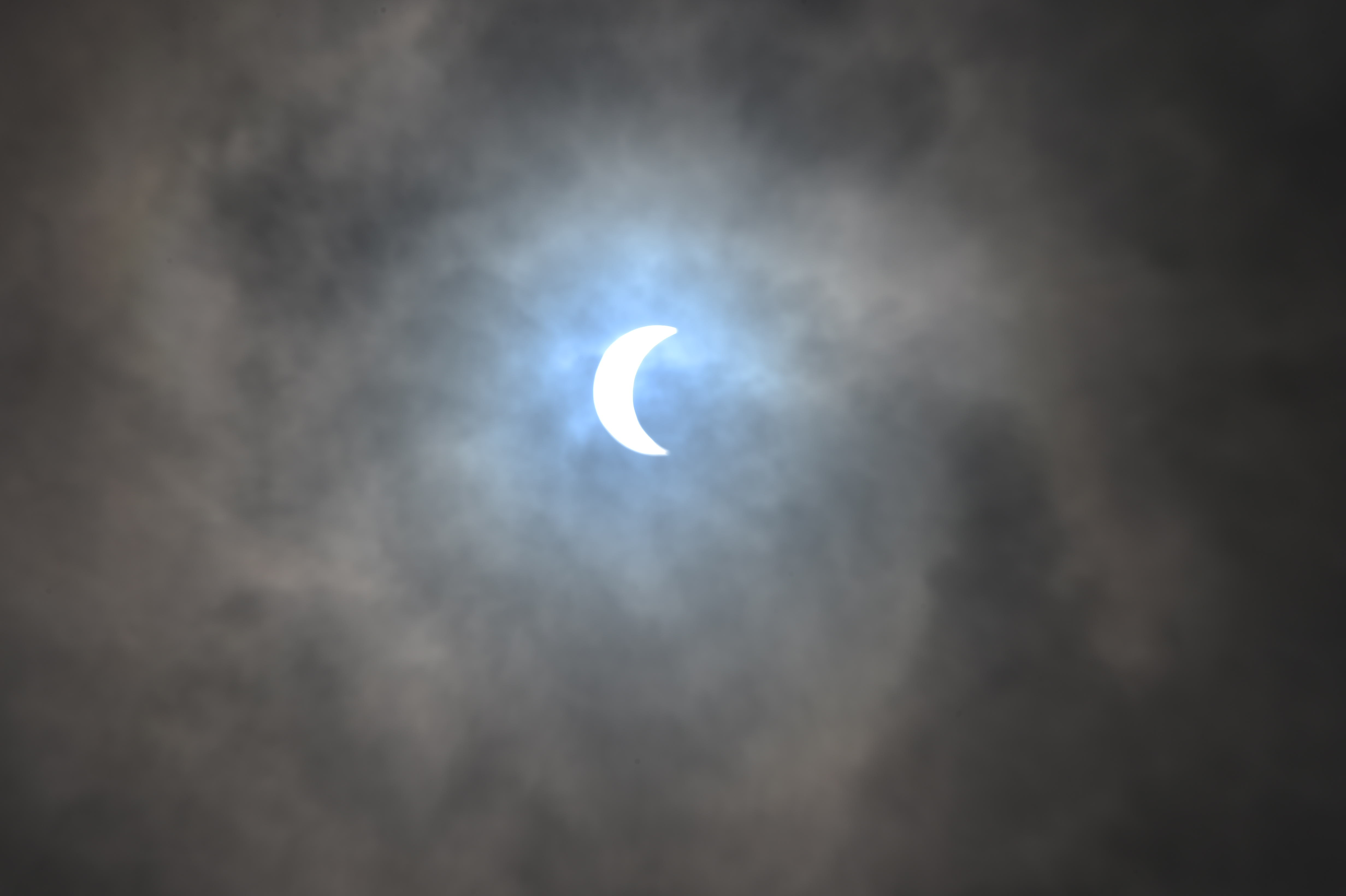
The Sun started to vanish behind the Moon as the partial phase of the so-called Great American Eclipse began Monday, with millions of eager sky-gazers soon to witness “totality” across the nation for the first time in nearly a century. / AFP PHOTO / MANDEL NGAN

